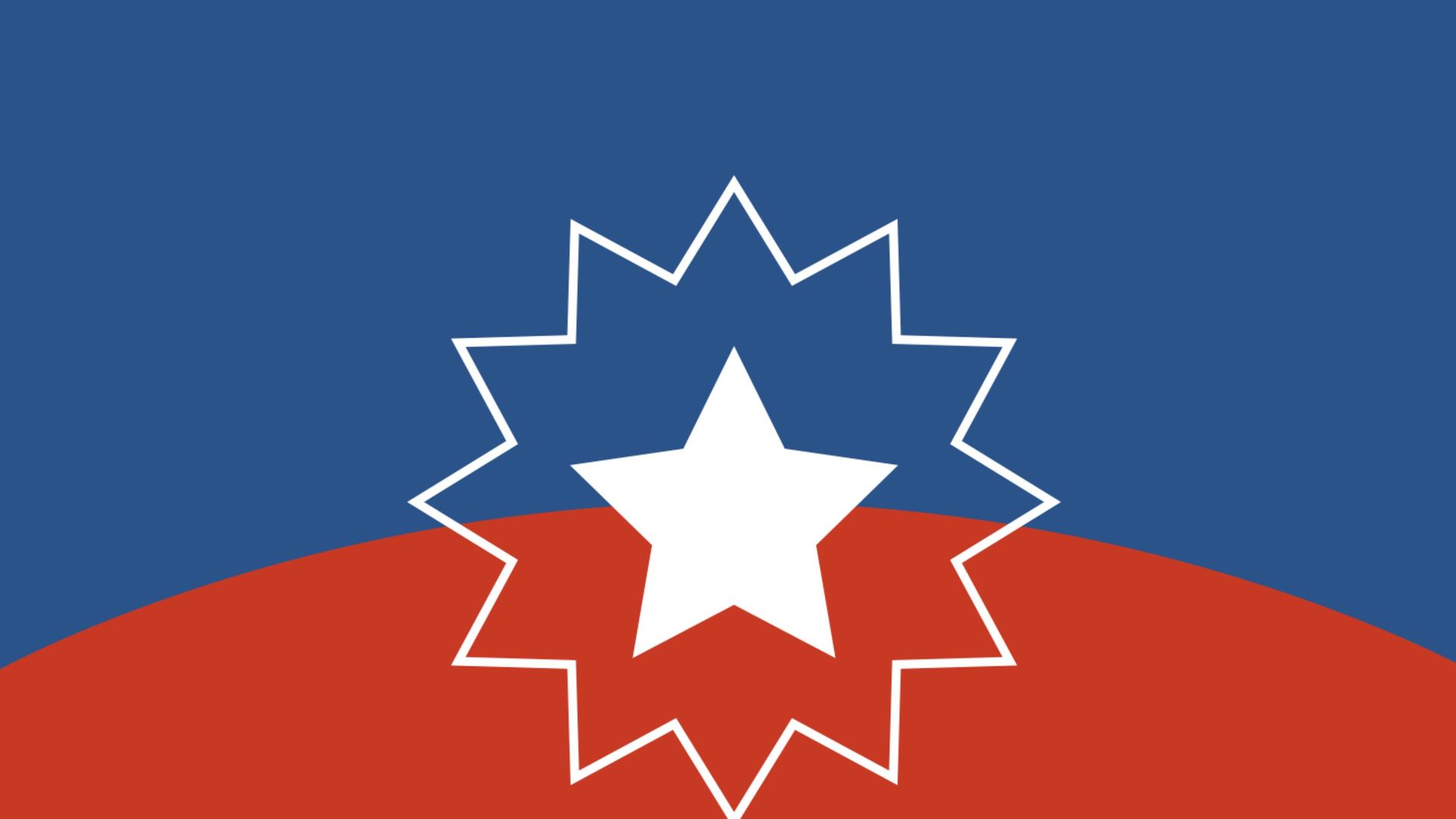BEING MYSELF BUT PART OF A TEAM
PUBLISHED:
Last month, I wrote about implementing MLA in organizations, particularly during times of change or even crisis. I discussed that different definitions of freedom might make it difficult to bring people together. As I said, people need status and function, according to Drucker. But status and function require people to have responsibility and to submit to legitimate authority. We can’t have a team if everyone does what they want without any direction in terms of the organizational mission.
This month, I’d like to build on the challenges presented by this tension between the individual and the organization. In a 1992 article in Harvard Business Review, Drucker identified the challenges facing our society of organizations. Two of them were “the relationship between individual and organization and the responsibilities of each to the other” and “the tension between specialists with specialized knowledges and the organization’s need for these specialists to perform as a team (“The Society of Organizations”, 1992). As Drucker pointed out in much of his work, knowledge workers cannot be managed in the traditional sense. They cannot be told what to do, because those directing them likely do not have the specialized knowledge that is required to perform the necessary work. Drucker liked to use the symphony orchestra as a metaphor for organizing knowledge workers; the conductor has no idea how to play all of the instruments in an orchestra but guides the specialists to honor the score and the intent of the composer and the director’s interpretation of that score. But she can no more tell the cellist how to produce a certain tone than a team leader can tell a market research specialist how to design a survey.
As such, an organization, says Drucker, has a single purpose. It must because it is simply a tool. This requires a crystal-clear mission:
“The organization must be single-minded, or its members will become confused. They will follow their own specialty rather than apply it to the common task. They will each define ‘results’ in terms of their own specialty and impose its values on the organization. Only a focused and common mission will hold the organization together and enable it to produce. Without such a mission, the organization will soon lose credibility and consequently its ability to attract the very people it needs to perform” (“The Society of Organizations”, 1992).
Therefore, the way to resolve the second tension Drucker identified is to have a clear mission that every specialized knowledge worker can understand and get on board with. This then gives knowledge workers the freedom and autonomy to direct their own work, but under the “score” of the mission as part of the “orchestral” team.
But what of the first tension Drucker identifies – “the relationship between individual and organization and the responsibilities of each to the other”? Here, Drucker argues that this relationship is complicated and, in 1992, was a new phenomenon. The old term “employee” doesn’t really apply to these people. After all, knowledge workers are employed by organizations, but they don’t identify themselves as employees of an institution; they identify themselves by the knowledge they have and the specialized work they do. As a result, organizations must earn knowledge workers’ loyalty not through a paycheck, but by providing them with “exceptional opportunities for putting their knowledge to work”. Highly educated knowledge workers know that they own their means of production, so to speak, and that they can transport that knowledge to any organization that will provide them the opportunity to use it effectively and in an interesting, meaningful way. This presents a challenge for organizations seeking to attract and retain the best talent.
Importantly, modern knowledge worker organizations are organizations of colleagues, associates, and equals. As Drucker says, “No one knowledge ranks higher than another; each is judged by its contribution to the common task rather than by any inherent superiority or inferiority. Therefore, the modern organization cannot be an organization of boss and subordinate relationship. It must be organized as a team” (1992). This is crucial to navigating the new world of individuals working in organizations. Work needs to be done in teams where expertise is recognized and valued. What kind of team is best for the given situation or mission? Is it the tennis doubles team, where a very small group of people adapts themselves to the personality, skills, strengths and weaknesses of the others? Or is it the soccer model, where individuals have fixed positions but the group is moving and responding to rapidly-changing circumstances? Or the orchestra model, where each member’s position remains the same even though the group mission (the score) may change? Drucker says that the decision of which kind of team to use is one of the riskiest decisions in any organization. A change in team strategy can be very disruptive, because it requires giving up old ways, habits, and perhaps relationships. But the only way for an organization to be productive is to have a team effort. This is easier said than done, because it may require giving up old leadership behaviors and old models of boss-subordinate relationships. How can we work together as a team, with leaders who are not necessarily fixed by position, to fulfill the mission?
Drucker believed that knowledge workers still needed an organization in order to have status and function in society. But he clearly saw that this relationship was tricky and filled with tension – and that was before the explosion of technology and people’s ability to connect with others independently through the internet and social media. Drucker remarked that society didn’t really have a vocabulary word for the new knowledge worker who wasn’t really an employee; the term “self-employed” was the one he thought best fit the change occurring. Yet Drucker still believed that most knowledge workers required access to an organization in order to make a contribution. Today, that is not necessarily the case. Knowledge workers can access stakeholders through their own organizations that they themselves create. Technology allows people with knowledge to connect with others anywhere and collaborate on projects, create new products and services, and develop the infrastructure to deliver what they create.
So, the organizations of today face additional challenges in terms of building “the relationship between individual and organization and the responsibilities of each to the other”. I think the key concept is responsibilities. Drucker’s entire idea of a functioning society rests on the recognition that we have responsibilities as free individuals. As we discussed last month, freedom isn’t the license to do whatever you want. It’s the burden that you bear when you have the freedom to exercise your free will and suffer the consequences. As we become more atomized as knowledge workers (particularly during the pandemic), we need to revisit our responsibilities to our collective goals and mission without losing our individual freedom to pursue our passions and dreams. I think the tension Drucker identified is increasing as we move towards a society that celebrates individuality over collective achievement. How can we come together as a team, yet still recognize the individual as a unique person? That was Drucker’s lifelong project, and we still wrestle with it. The clear mission statement helps an organization clarify activity. But when it comes to relationships between people working together? I think we still have a lot to work on, as Drucker signaled thirty years ago.



